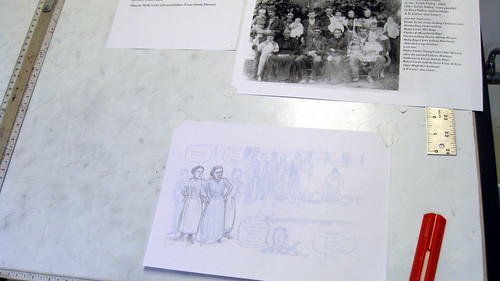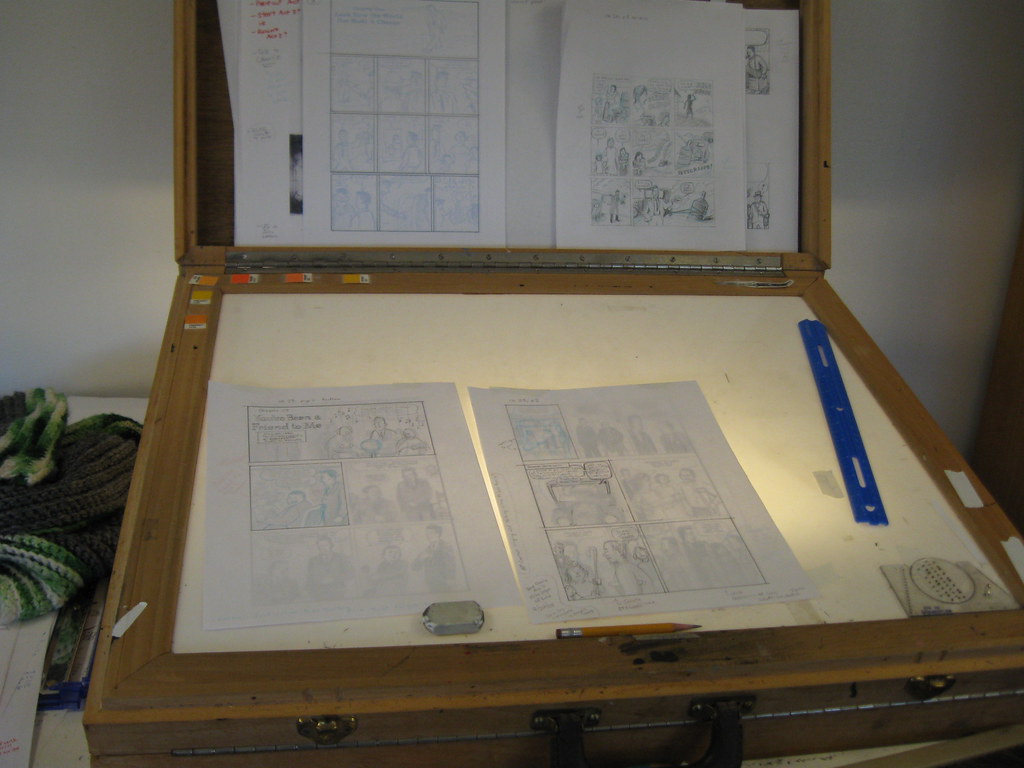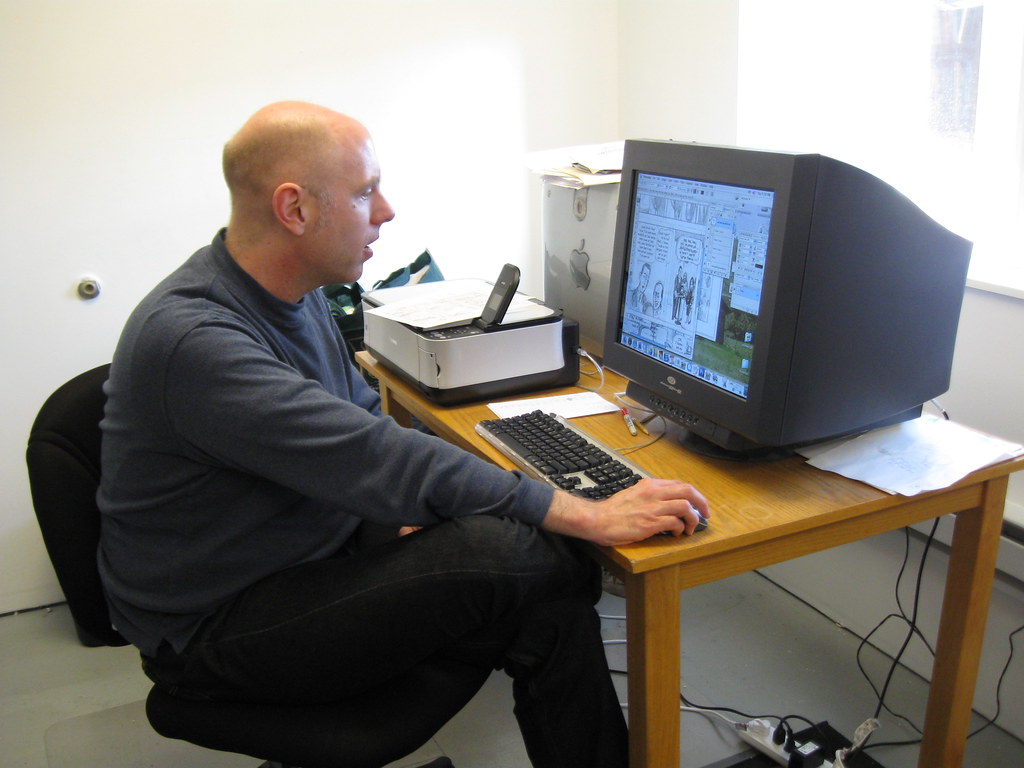The colors aren't finalized yet, but we've been given the blessings of our editor to unveil it here to the world...

David and I have been through many design schemes in an attempt to get a cover that's aesthetically pleasing and commercially appealing. In the publishing world, you often CAN judge a book by its cover. The cover has to somehow get across the essence of the book.
At a glance, it must suggest to the casual browser that this is IT--this is a book he or she must buy!
The art of cover design walks a thin line--between hucksterism and artistry, between commerce and creativity. The best covers achieve both goals, without one overpowering the other.
I hope we've gotten in the ballpark with this approved design.
We'd like to share with you some of our early cover schemes we came up with. This will take more than one post, but we hope you find it of interest.
Our first "cover" was a promotional piece David penned for our literary agent, Bob Mecoy, back when the book was still being shopped around. Bob now owns the original art to this piece. It's an image of the Carters sitting on the bumper of a car. You can find it HERE.
First, here is a selection of off-the-cuff thumbnail designs, from last fall. They're by David (left side) and myself (right side). These were among our first rough concepts of how the cover might look with a '30s flavor, bordering on Art Deco...

Later in 2008, David worked up our first developed concept for the cover. Our concept was to have a portrait of the three Carters, with their instruments--a very simple scene. David came up with an alternate that showed a background of trees.
These are his development sketches of this first cover design:

From these sketches, David worked up some color images of both styles...

These are nice drawings, but we felt that, ultimately, this approach didn't "sell" the story or reveal much about the characters.
David came up with this intriguing "autoharp" design as another possible approach....

Inspired by sheet music of the Depression era, I attempted a color rough with an tall, thin vertical area for the portrait of the Carters...

This design refers to the color palette of our first "cover," which was in the first Carter Family story that appeared in KRAMER'S ERGOT in 2002. That image was based on a 1930s Carter Family songbook published by Southern Music.
It worked as an image printed inside a book. As a front cover, David and I both felt it wasn't right to use--it was someone else's design.
Our editor really liked the color palette of this cover--the autumnal hues of brown and gold-orange. Those colors seem to suit the Carters. It's possible that they may end up in the final cover palette of the accepted design.
David's next design strongly incorporated certain visual symbols from the Carter Family story. This was also inspired by period sheet music. These colorful pieces are often beautifully designed, with great type treatment and use of hand-drawn fonts.
Typically, one image from a song would appear on the cover. In both pop and country songs, the image of the "cabin in the cotton" was ever-present on these vintage covers. As well, images of flowers and trees are quite common.
These images were germane to the Carters' story. In this concept, we see A.P. Carter's birth cabin, the apple tree A.P. planted on the day he met Sara Dougherty, and some wildwood flowers...

This design combined many of the visual motifs that would end up in the final version. It still seemed not exactly "there." We had some good conversations with our editor, Charlie Kochman, and our art director, Neil Egan, about how to best utilize these narrative images.
David and I both knew a good design lurked within all these possibilities. The challenge was to get the right blend of these elements into one appealing image. Some trial and error--including a couple of out-of-left-field, "what the heck?" designs by myself, had to happen first.
As well, I had a long, rewarding conversation with Art Spiegelman about the cover... details about that and other design attempts in our next exciting chapter!
TO BE CONTINUED...












